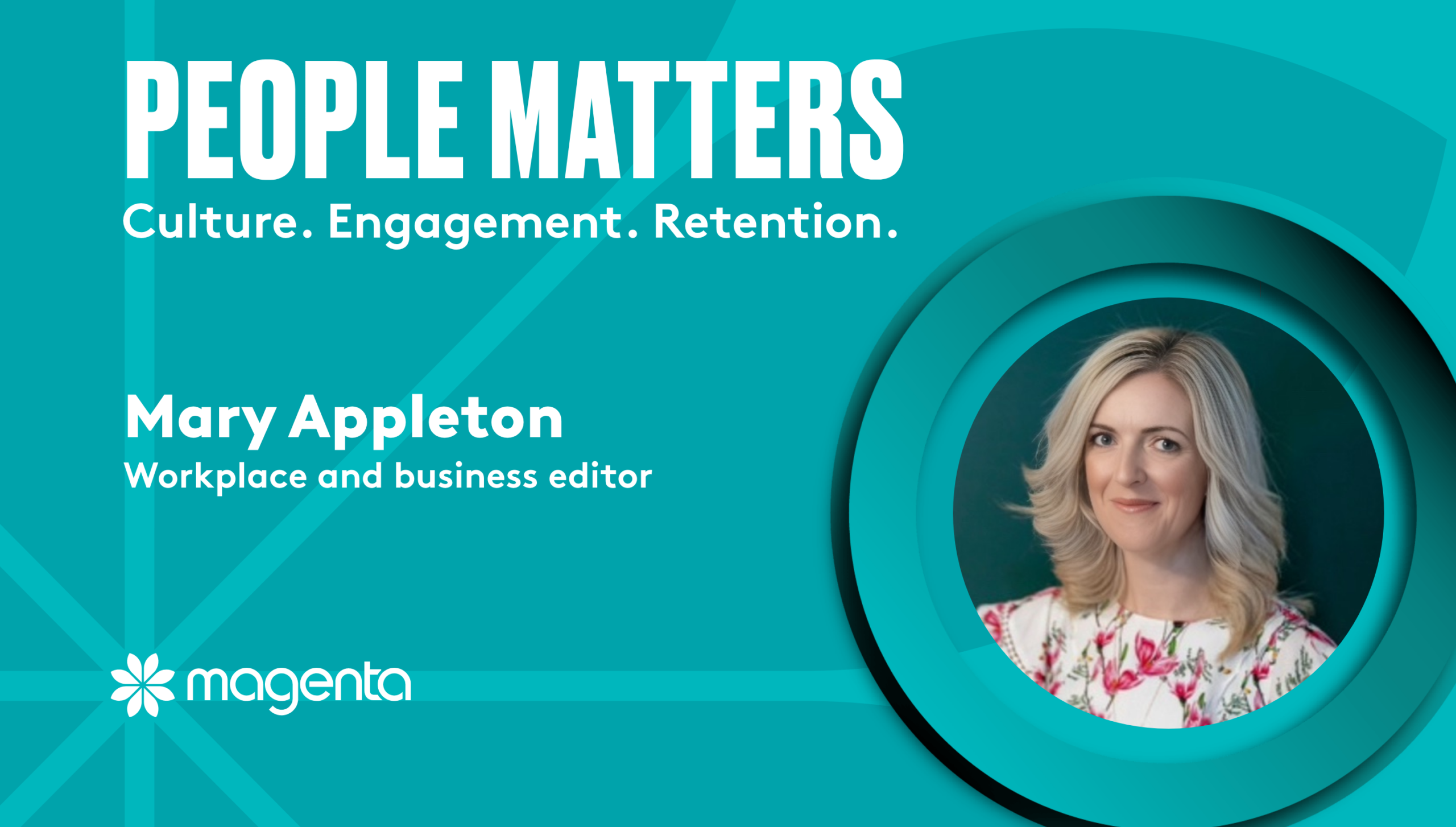This week we are joined by Mary Appleton, award-winning editorial director and content strategist, specialising in HR, business and workplace conflict. She has spent her career creating thought-provoking editorial for leaders, to inspire long-term change. Mary works with businesses to help them find the words, ideas and mechanisms they need to inform, inspire, engage and move audiences.
What are the main drivers behind conflict in the workplace? Can you give some examples?
I think workplace conflict is ultimately inevitable, mainly because we are human and everybody is different. However, there are certainly some things which contribute to conflict arising.
Poor communication, for example, has been exacerbated by the shift to remote working and reliance on digital platforms. Less is being done in person, and other forms of communication such as email can easily be misinterpreted – there is much more margin for error when it comes to getting messages across non-verbally. In-person, we rely on non-verbal cues, but when we are not physically with someone, their intention can be mis-represented. I think we’ve all been taken aback by an email at some point.
Misaligned and misunderstood roles and expectations is another cause. It is really important, especially for managers, to be clear on who is responsible for doing what from the outset of a project. Their team also needs to feed into this to ensure it is not simply a top-down process.
Time management is also a factor, especially when people misjudge what somebody else might have on at any particular time. To overcome this, leaders need to ensure all team members are upfront about their schedules and priorities before assigning new responsibilities.
Competition can sometimes be unhealthy and lead to conflict too, especially if there is a disproportionate emphasis placed on individual performance. This needs to be balanced with a focus on teamwork and common goals.
What are the consequences of employee unrest / workplace conflict?
It is easy to talk about the consequences of workplace conflict because they are clear and obvious – employee unrest, disengagement, reduced productivity, and so on.
Less talked about, but equally important, is acknowledging the positive consequences of conflict if situations are managed in the right way. Amy Gallo talks about this a lot in Harvard Business Review. She says that, rather than avoid conflict altogether to preserve harmony, “it is an act of love or respect to say the things that are hard to say, to have the conflict, to surface the different opinions, and to sort through them together”.
I also love reading Margaret Heffernan’s work. She says we all need friends at work, so creating deep trust and relationships is absolutely key – part of that is going through difficult times and conflict; emerging from the other side stronger.
How do you cultivate a culture that respects differences (generational, personalities, roles) and encourages a sense of community and belonging?
This is about creating a sense of belonging for every individual in the business, which arises when people truly understand where they fit and how they can make meaningful contributions.
Why should I care? What should I be working towards? How do I contribute to the common good? Employees need to have a clear idea of the answers to these types of questions.
The talent scene – what are the current opportunities and challenges?
Global recruiting firm, Randstad, recently released some research on this after surveying thousands of employees around the world. Their survey found four key things which people increasingly want and expect from their employers – job security, flexibility, strong values and financial stability. Given what we’ve been through over the past few years, these findings are not surprising.
Workers are now demanding the full package from employers, meaning the onus is on them to meet these expectations if they wish to attract and retain the best talent. It is not just about pay and benefits. People want to work for companies who demonstrate purpose and values – they want to belong to an organisation which aligns with their own outlook.
What’s your take on the ‘quiet quitting’ and ‘quiet firing’ debate? Do you think the ‘quiet quitting’ and ‘quiet firing’ discourse will prompt conflict? If so, why?
The quiet quitting dynamic has put into focus what we already knew, which is that some firms need to work harder on their purpose and cultural values in order to keep and attract the best people. This is nothing new.
Successful businesses are, increasingly, those which can adapt to change and bring new and current employees along on their journeys with them. This is because better working environments are also delivering better financial outcomes and returns for shareholders through increased output and productivity, which are directly related to workforce contentment and wellbeing.
What advice would you give to companies that are struggling to engage their workforce?
Embrace change. Recent years have brought a radical reimagining of what work is, where it can be carried out and when, and why we are doing it.
Companies must put the employee front and centre of what they do if they want to succeed in this rapidly changing environment. The skills they have now may not necessarily be the skills which are needed to move to the next level, so organisations need to think about how employees can be supported and developed so they can keep contributing. To that end, firms need to encourage curiosity and inspire innovation and discovery – this will help to galvanise workforces and bring out the best in people.
People Matters series:








